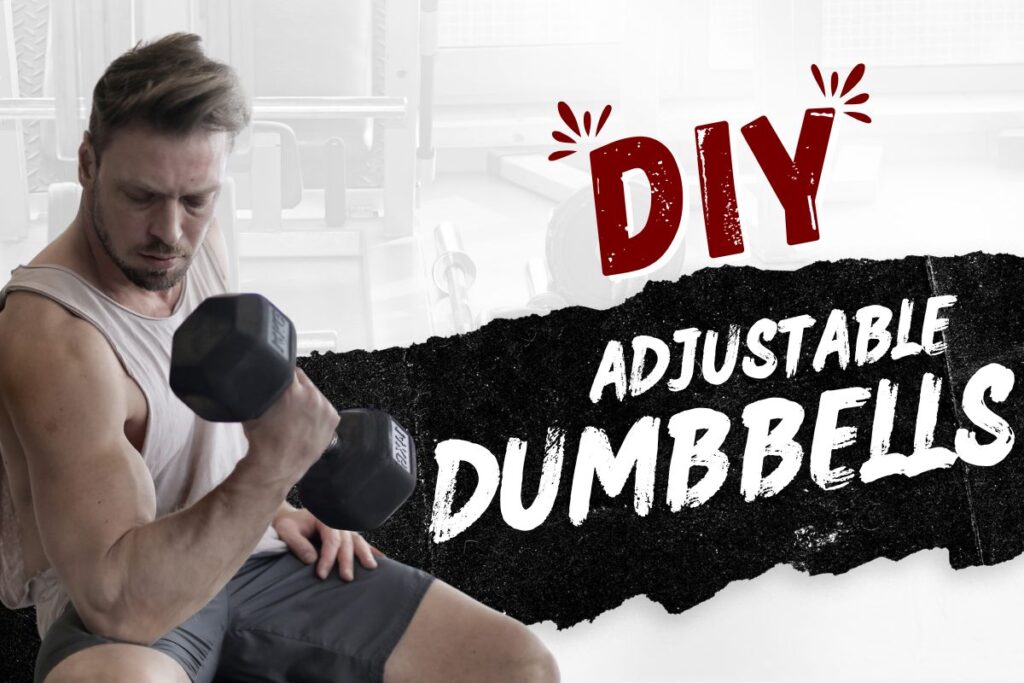If you’ve ever thought about getting stronger at home, you’ve probably looked at buying dumbbells. Then you’ve seen the price. It’s enough to make you close the tab and forget it. But don’t give up just yet. You don’t have to spend hundreds of pounds to get a decent workout at home.
Adjustable dumbbells are one of the best bits of kit you can have in your home gym. They save space and money because you only need one pair, but you can change the weight as you need. Even better? You can make your own.
Let’s talk about DIY adjustable dumbbells so that you can get an idea about what they’re all about and how you can make them.
Why Even Bother With Adjustable Dumbbells?
Here’s the thing about getting stronger at home. If you’re using tins of beans or water bottles forever, you’ll eventually outgrow them. And buying loads of fixed dumbbells in different weights is expensive and takes up space.
Adjustable dumbbells fix both of those problems. One set lets you go light for shoulder raises or heavy for squats. You don’t need a full rack cluttering up your living room.
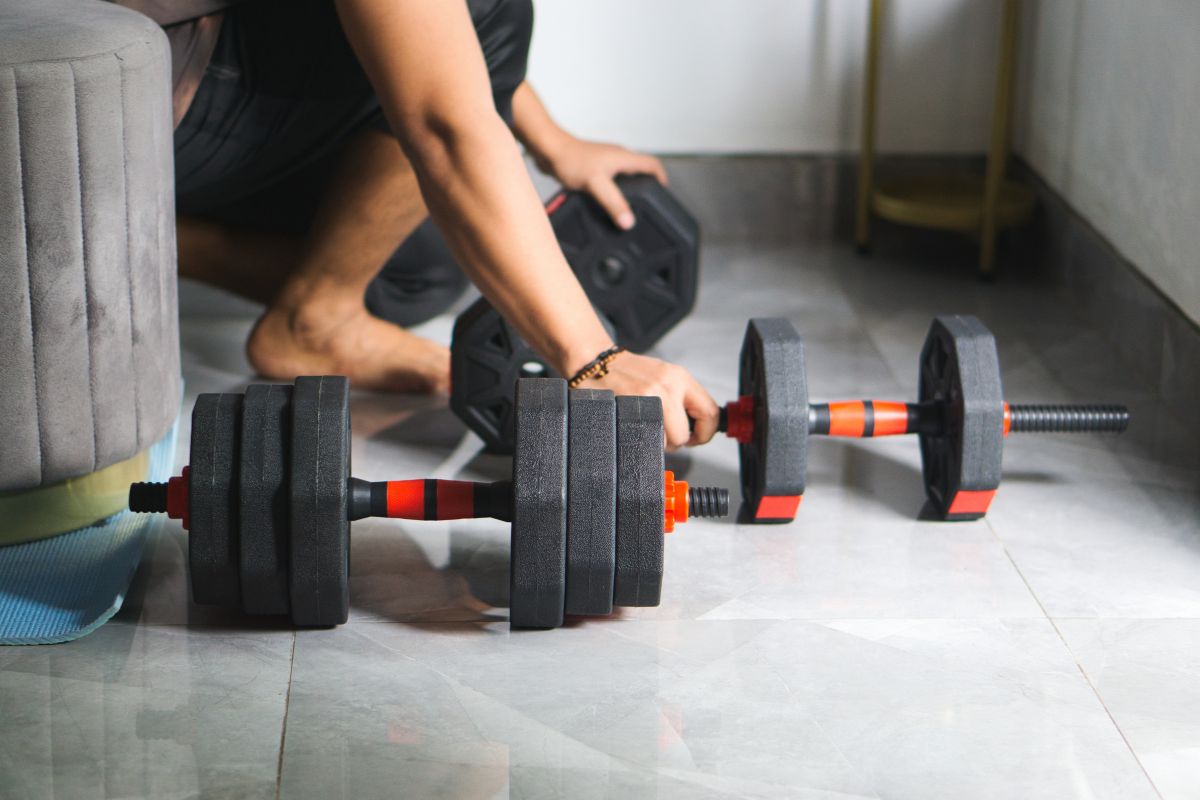
Buying a proper set of commercial adjustable dumbbells can cost anywhere from £100 to £300. Not everyone wants to spend that, especially if you’re just starting. That’s where a bit of DIY comes in.
Can You Make Your Own?
You might think this is one of those internet ideas that sound good until you try it. But you really can make your adjustable dumbbells at home.
No, they won’t look like the sleek ones at the fancy gym. But they’ll work. And that’s what matters.
You don’t need to be an engineer or have a garage full of tools. Most of it you can do with a trip to the local shop or even stuff lying around the house.
The Basic Idea
An adjustable dumbbell is dead simple when you break it down.
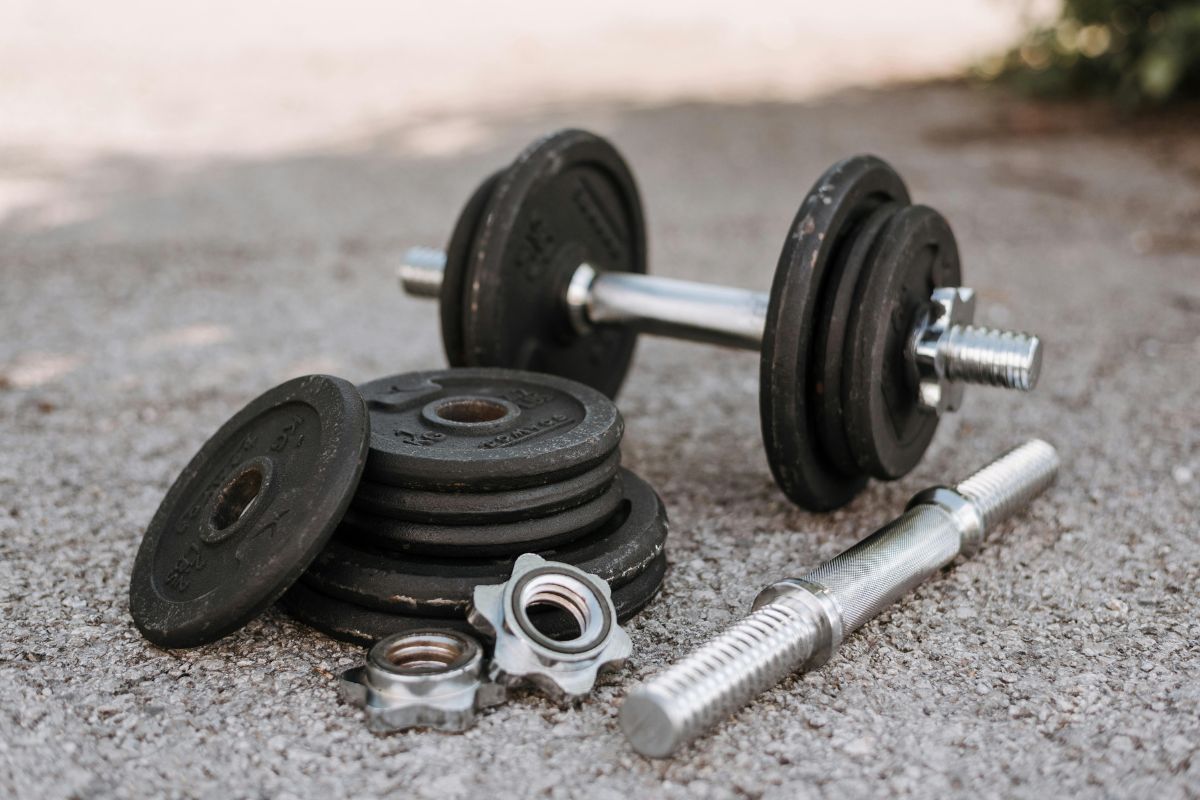
- Handle – Something to grip.
- Weights – Things you can add or remove.
- Fastener – A way to keep the weights on.
If you’ve got those three bits sorted, you’re good.
Easiest Option: Using Proper Weight Plates
If you want something easy and reliable, buy a pair of short bars with threaded ends. You can get these for around £15–£20 online or from sports shops.
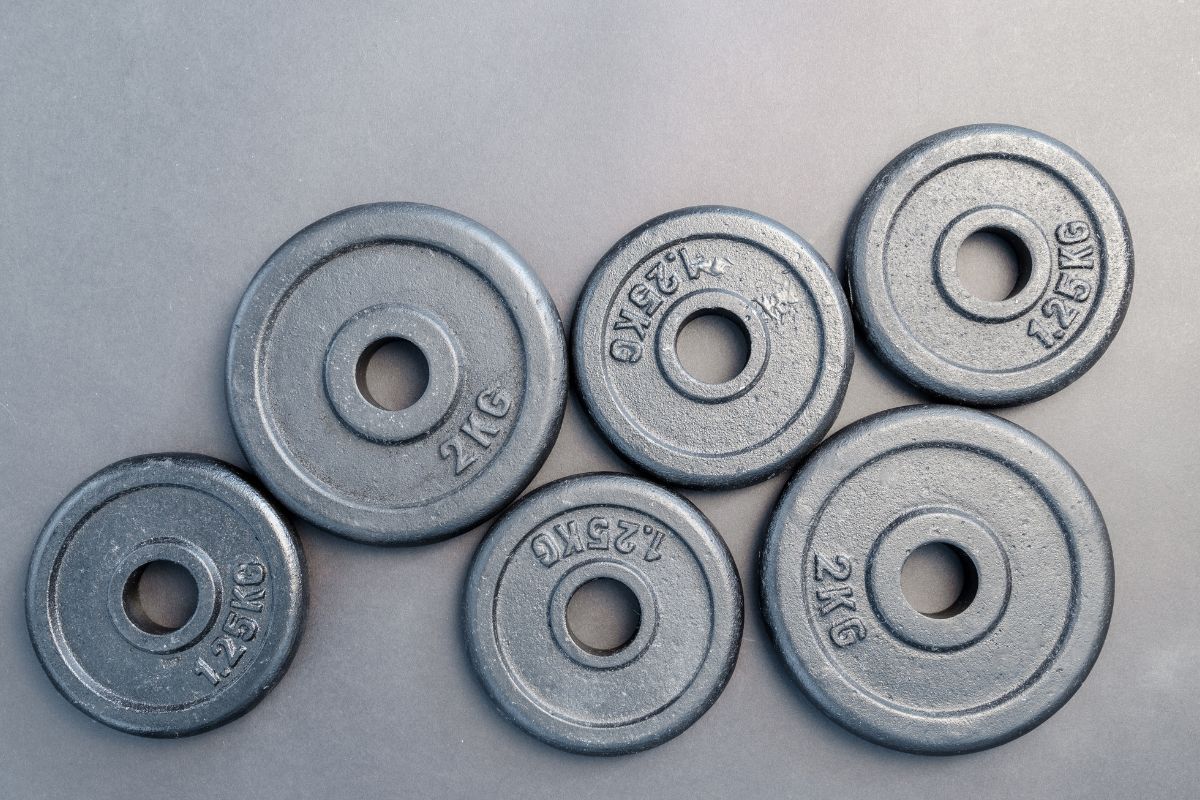
Then you get a few weight plates. It doesn’t matter if they’re shiny and new or old and rusty as long as they fit. You just slide the plates on and tighten the collars. Job done.
This isn’t a “DIY from scratch” project, but it’s the simplest and cheapest way to get proper adjustable dumbbells without spending loads.
Real DIY: Using What You’ve Got
If you’re on a tighter budget or just want to see if you can do it yourself, you can get creative.
Handles:
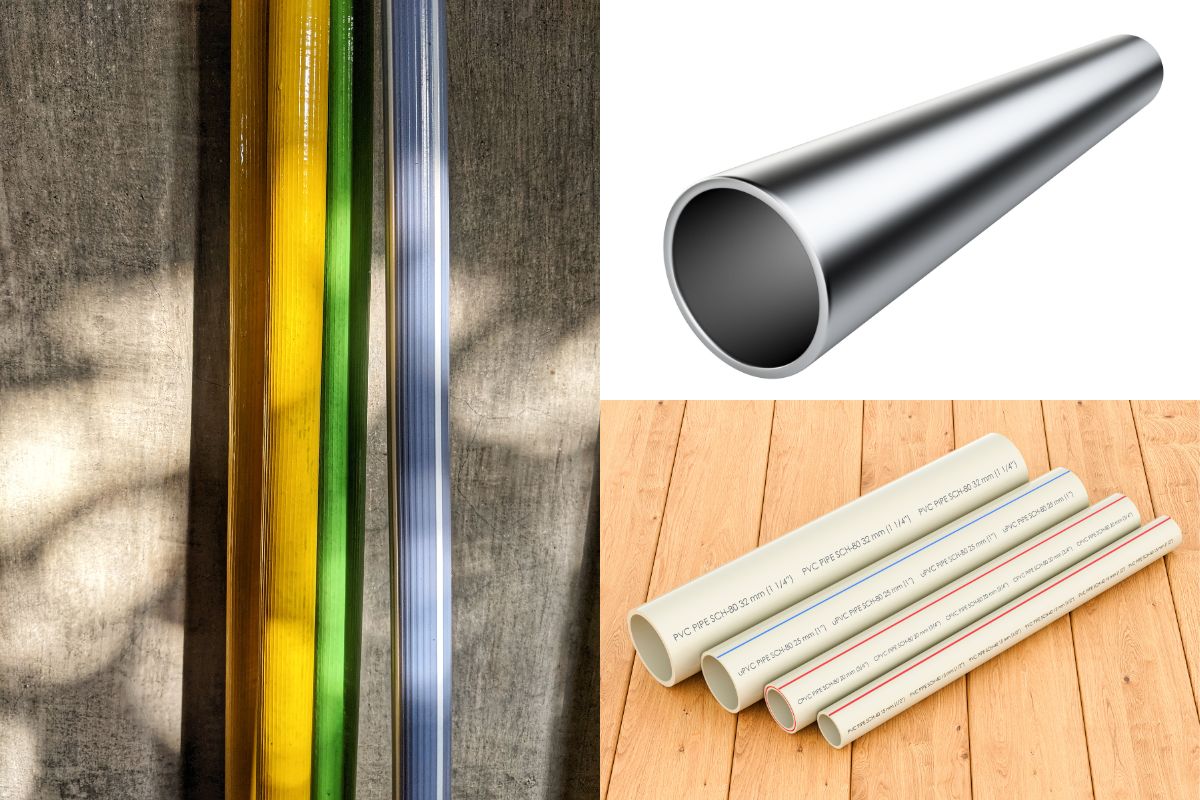
- Bits of metal or PVC pipe.
- Even thick broom handles cut to size.
Weights:
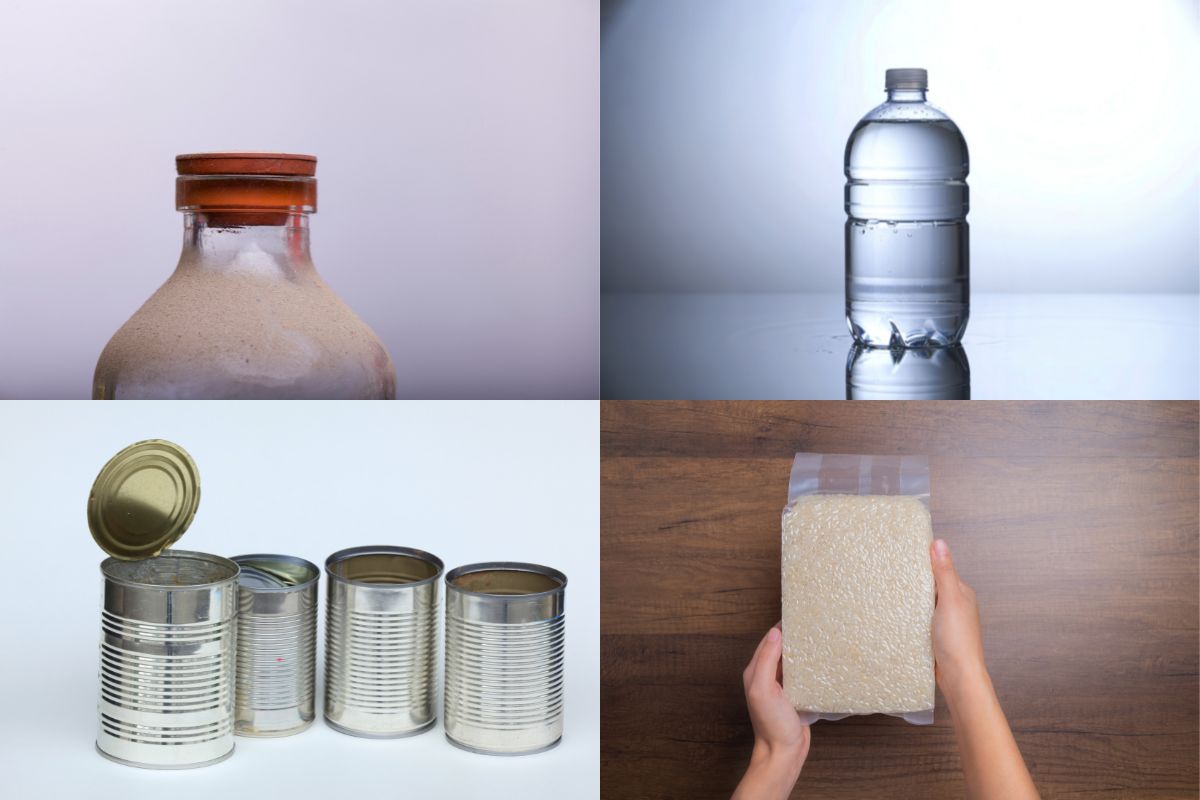
- Bottles filled with sand, gravel or water.
- Old food tins.
- Bags of rice or beans in plastic bags.
You can attach these weights to the handles using duct tape, hose clamps, or strong rope. It won’t look pretty, but it works.
Just make sure both sides are even, or you’ll be fighting to balance it every time you lift.
Safety First
Let’s be honest—this is the most important part. Don’t get carried away stacking loads of weight onto a flimsy handle that can’t take it.
Test your DIY dumbbells gently at first. Give them a shake. Make sure nothing moves. The last thing you want is a bottle of sand flying across the room or hitting your foot.
If you’re not sure something will hold, don’t use it. Better to go a bit lighter and be safe.
Why Bother Making Your Own?
Because it saves money. Because it’s satisfying. Because sometimes you want to try something before you invest in the expensive kit.
If you’re just getting into home workouts, you might not want to drop £200 on dumbbells right away. Making your own lets you see if you’ll use them.
And there’s something nice about knowing you built part of your gym.
Using Your DIY Dumbbells
Once you’ve got them sorted, you can do pretty much anything you’d do with shop-bought ones.
- Bicep curls while watching telly.
- Shoulder presses in your kitchen.
- Squats or lunges in the garden.
- Bent-over rows if you want to work your back.
Because they’re adjustable, you can go lighter or heavier depending on the exercise.
Keeping Them Tidy
This matters more than you might realise. DIY dumbbells can become dirty if you’re not careful to store them together. Keep these in a box or corner so you’re not tripping over them every time you get up.
If you have used sand or gravel, inspect it occasionally to see if it’s leaking. There’s nothing worse than cleaning up sand from the carpet.
A Quick Word on Motivation
Some people think they need fancy equipment to start. That’s just an excuse.
You don’t need the best gym in the world to get stronger. You don’t even need much space. A couple of homemade weights, a bit of floor, and the will to do it. That’s enough.
Final Thoughts
DIY adjustable dumbbells aren’t flashy. They’re not going to win any design awards. But they work. If you’re on a budget or just like making things yourself, they’re a solid option. You’ll save money, save space, and still get a proper workout.
So next time you see someone selling expensive kits online, remember that you don’t need them. You can do this yourself.
And when someone asks where you got your dumbbells, you can just say, “I made them.” That’s worth something on its own.

